Table of Contents
Have you ever wondered what the numbers on your drill’s dial mean? Sure, the drill is a pretty simple and straightforward piece of equipment that is mainly designed for driving screws as well as drilling holes. But there are so many people who get really confused while looking at these numbers on a drill.
A drill is the most popular among many power tools as both professionals and homeowners vastly use it. Thus, in order to get the most out of this instrument, it is important to understand the significance of the numbers on the drills. The numbers on a drill generally refer to the clutch or torque setting of a drill machine. It’s a handy feature that lets you drive or drill through stuff without any damage.
However, if you’re not an expert electrician or in a labor profession, chances are you don’t know how to use the torque settings on a drill efficiently. In this article, we will explain what the numbers on the drill are, how they work, and how to get the most out of it.
What is Drill Torque?
Primarily the torque refers to the rotational movement or the force produced by the drill. When you need to screw or drill through a particular material, you’ll require a sufficient amount of torque to accomplish it.
The number sequence for a clutch system allows the chuck to spin in response to different degrees of resistance. The purpose of the torque system is to keep you from overdriving the screw, stripping the head, or damaging the drill bit. Therefore, you’ll need to adjust the number in such a way, that the chuck stops spinning before damage occurs.
How Much Torque Should You Apply?
The clutch or the torque setting determines how fast your drill will spin. But how much torque should you use to do your task efficiently? Well, that mostly depends on the material you’re drilling into.
You should go for a lower torque setting while drilling into less rigid material like wood or drywall. This will make sure you drill through the substance without damaging it. On the other hand, if you’re dealing with material like concrete or masonry, you should switch to a higher torque setting.
The Number Sequence and How They Work?
As stated earlier, the numbers on a drill refer to the amount of torque a tool can apply while drilling. The number sequence ranges from 1 to 20, with 1 depicting the least torque and 20 representing the most significant torque. By adjusting this torque setting, you will be able to control the rotational movement of your drill. The higher number you choose, the greater torque you’ll get.
- The number sequence begins with 1, this initial setting is rarely used since it usually kicks in before the screw turns. Even if you do use this option, it must be on extremely soft material or with very short fasteners. Torque setting 3 is generally where you should begin.
- Now that you’ve tested the drill on the lowest level, you may attempt to drill with a moderate torque setting as well. If the number sequence ranges from 1 to 20, choose 10. In terms of maximum torque for your drilling, you need to select the highest number on the clutch. The highest number is generally 20, but it can vary for each drill model.
- Aside from the numbers on the drill’s head, you’ll see symbols that resemble a drill piece and a hammer. Choosing the drill symbol totally eliminates the torque setting and allows you to drill with the whole torque and power. Try to avoid this setting, while driving screws or fasteners. It can cause more damage than good. The setting that has the hammer symbol on it, has all of the benefits of the drill symbol while also adding a percussive vibration to the drill to assist in drilling through rigid materials.
How to Adjust Torque Settings?
To elevate the quality of your drilling, you need to know how the clutch settings of your drill work. The method of adjusting the clutch on a drill is quite easy and fairly generic. Here are a few steps you can follow.
- Begin by locating your drill’s torque adjustment ring. You’ll find the clutch system on the head just near the drill bit.
- Next up, you’ll see a small arrow sign, indicating the number sequence on the drill.
- To change the clutch settings or the level of torque, you can spin the ring clockwise or counterclockwise.
- Before fixing a specific torque level, it is recommended to test a few settings to discover which one is best suited for your application.
- You can start by selecting and testing the lowest number, which is 1. Then, to test the level of torque, you can drill through a light material like wood. After that, switch the torque setting to a medium number like 10 or 12, and repeat the previous procedure.
- You can complete the last step by switching to the highest torque settings, which for most cases is 20. After you’ve determined the correct clutch setting, you should test it with other fasteners to ensure that it works properly before using it for your actual project.
Testing out the torque settings is important before jumping into your woodworking project. Hopefully, these steps will give you an understanding of how to adjust the torque level of your drill.
Final Thoughts
To conclude, the numbers on the drill indicate the torque settings. The higher the number, the greater the torquing power. This useful feature not only lets you control the twisting power applied to fasteners, but also allows your tool to drill through very hard materials like masonry, concrete, or brick.
We hope that you’ve learned everything there is to know about the numbers on the drill head, you may test your drill at different torque levels and efficiently optimize your drilling process.
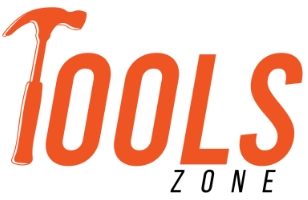

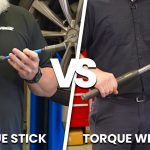




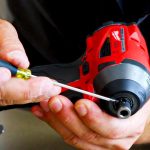
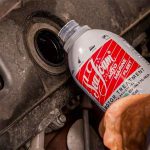
Leave a Comment